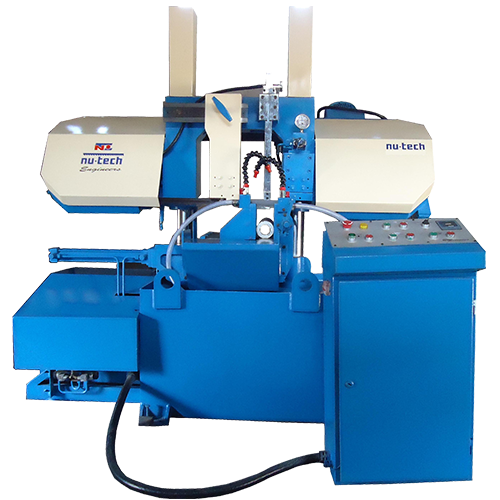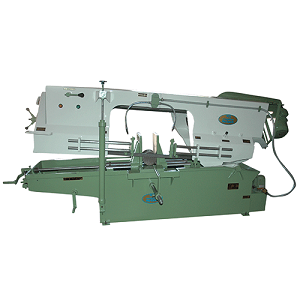Why Is Bandsaw Blade Causing Too Much Friction?
Roblox Dragon Adventures Codes June
June 1, 2022How To Move Files Between Cloud Storage Services
June 2, 2022Why Is Bandsaw Blade Causing Too Much Friction?
To determine the issue of a dull blade causing an excess of friction, you can hone your current blade in your workshop by following these means:
- Assemble your materials. You will require your bandsaw blade, a Dremel device, and a level surface honing instrument. You likewise should have something to stamp your blade with, similar to a piece of veiling tape or a Sharpie. It might likewise be really smart to wear defensive stuff like goggles and gloves.
- Ensure your machine is switched off and turned off. You need to stay away from the bandsaw being inadvertently turned on while you are honing its blade.
- Put an imprint on your saw blade where you are beginning to hone. Like that, as you turn the blade, you’ll know where you began once you see your tape or Sharpie mark once more.
- Utilize your Dremel device with a connection that fits the blade’s necks. Turn the Dremel apparatus on, and daintily go over the rear of the teeth’s tips. Eliminate as minimal metal as could really be expected. Utilize low speed to have better command over your device.
- Work your strategy for getting around your bandsaw blade, honing the rear of your tooth tips, as well as the necks, and the sides of the teeth.
- Then, hone the front of the teeth with your level honing apparatus. Honing apparatuses can be a precious stone, Waterstone, or oilstone. Place it before your saw blade with the goal that it tenderly contacts the front of the teeth.
- Open your wheel compartment. Turn the upper wheel so the bandsaw blade is going in reverse, then move your honing device gradually so the teeth will come in touch and become smooth.
- On the off chance that a few teeth can’t arrive at the honing instrument, this implies they are excessively worn out. You can even up these teeth lengths with the honing instrument. You’ll simply need to scale back a portion of the teeth that are somewhat jutting out more.
Read more about How To Tell When Bandsaw Blade Is Nearing The End Of Its Life?


